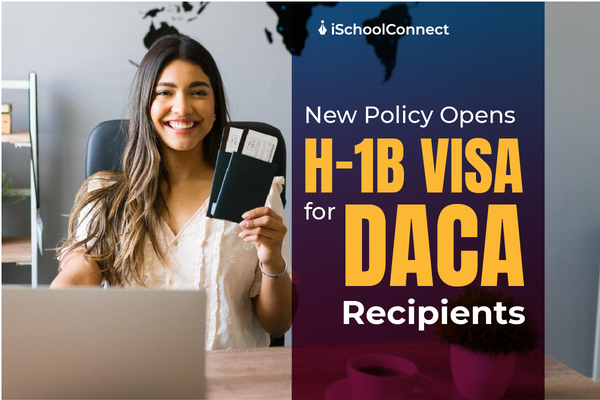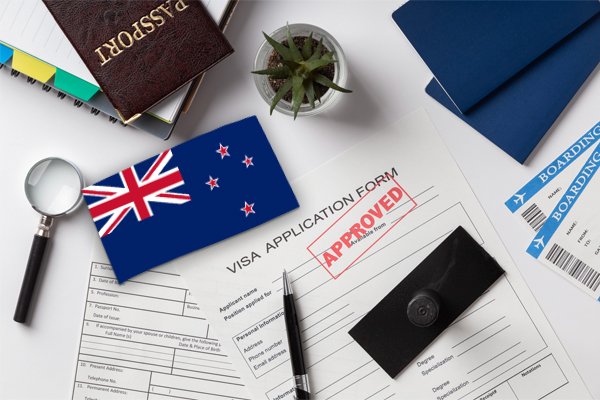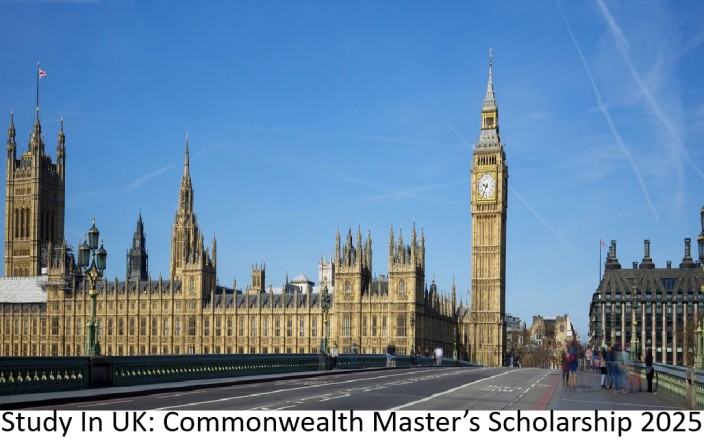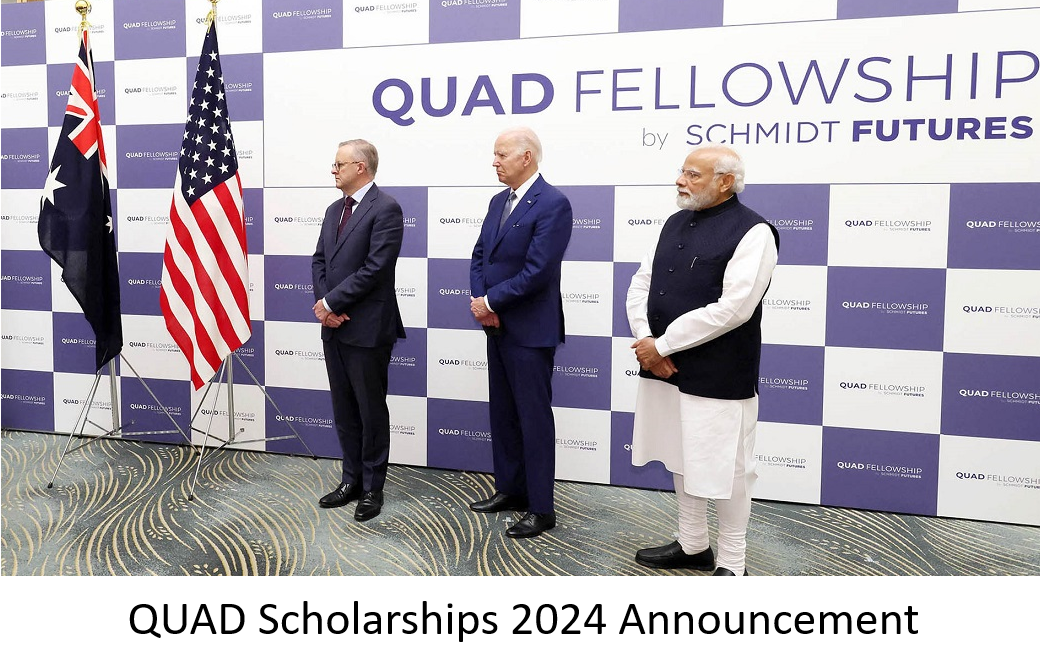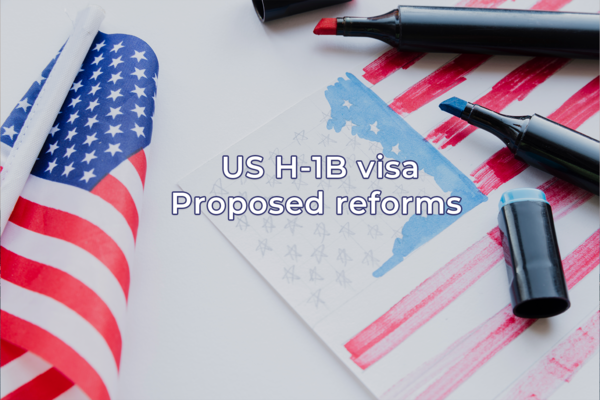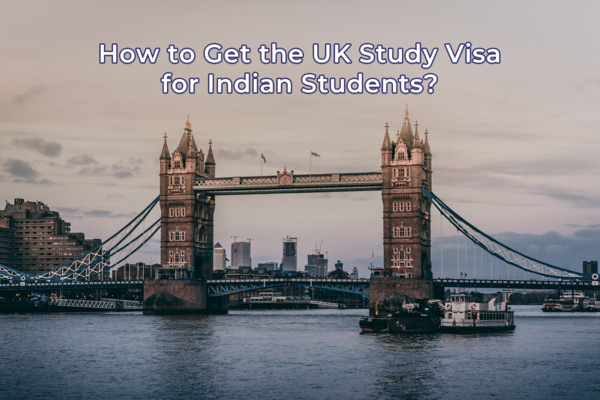Table of Contents
The Biden administration has introduced a new immigration policy that aims to help non-citizens married to U.S. citizens and DACA recipients (Dreamers). This policy will make it easier for these individuals to live and work in the U.S. Here’s a simple breakdown of what this means.
Path to Citizenship for Non-Citizen Spouses and Children
If you are a non-citizen who has lived in the U.S. for at least ten years and are married to a U.S. citizen before June 17, 2024, you can now apply for permanent residency without leaving the country. This new policy for H-1B visa and permanent residency will help about half a million non-citizen spouses and 50,000 children of U.S. citizens stay together with their families.
Advantages for Family and Gross Domestic Product
This new policy assists families in providing care for their loved ones and also bolsters up the U. S. economy. The policy primarily that allows non-citizen spouses and children to become lawful permanent residents means that more families may be able to contribute to society as well as the economy.
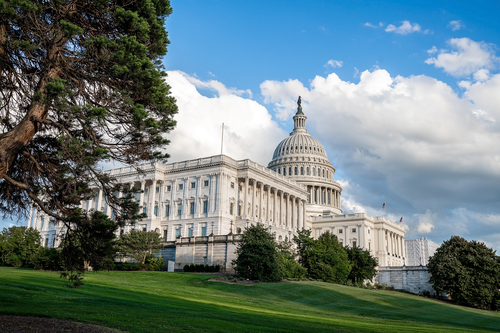
Easier Work Visas for DACA Recipients
The policy also makes it easier for DACA recipients also known as Dreamers to get work visas like the H-1B visa. The H1B visa means that skilled workers can live and work in the U.S. if they have a job offer. The new policy will help these individuals get their H-1B visas faster and more easily addressing what are the new H-1B visa rules.
Overcoming Past Challenges
Previously DACA recipients had a hard time getting work visas because of issues like unlawful presence. The new policy introduces the New Policy for H-1B Visa which aims to simplify and speed up this process. This includes making it easier to get waivers that allow them to work in the U.S. addressing the H1B visa requirements more efficiently.
Holding on to Talent in the U. S.
The new policy acknowledges that retaining highly skilled persons in the U. S. is useful for the country’s economy. Since the policy targets awarding work visas to graduates from the U. S institutions, the policy assists in human capital retention henceforth benefiting everyone.
Measures of this type are a great advance in terms of extending appreciation for the opportunities to keep families together and facilitate the admission of skilled personnel to the American economy
FAQs
Question 1: What are the new H-1B visa rules?
Ans: The new rules make it easier for non-citizen spouses and children of U.S. citizens as well as DACA recipients to apply for H-1B visas without leaving the country. This helps them stay with their families and work in the U.S.
Question 2: What does H-1B visa mean?
Ans: The H-1B visa means that skilled workers can live and work in the U.S. if they have a job offer from a U.S. employer.
Question 3: What are the H1B visa requirements?
Ans: To get an H-1B visa you need to have a job offer from a U.S. employer in a specialized field such as technology or engineering and meet certain educational and professional qualifications.
Question 4: What is the new policy for H-1B visas?
Ans: The new policy makes it easier and faster for DACA recipients and non-citizen spouses and children of U.S. citizens to apply for H-1B visas. It also includes steps to speed up the process of getting waivers for unlawful presence.
Question 5: Are there any new fees for H-1B and L-1 visa extensions?
Ans: Yes, there are new H-1B and L-1 visa extension fees proposed. These fees are part of the new policy changes to help cover the costs of processing these visas.
Question 6: What is the H1B petition status?
Ans: The H1B petition status is the current stage of your H-1B visa application. You can check the status of your H-1B visa petition online through the U.S. Citizenship and Immigration Services (USCIS) website.
